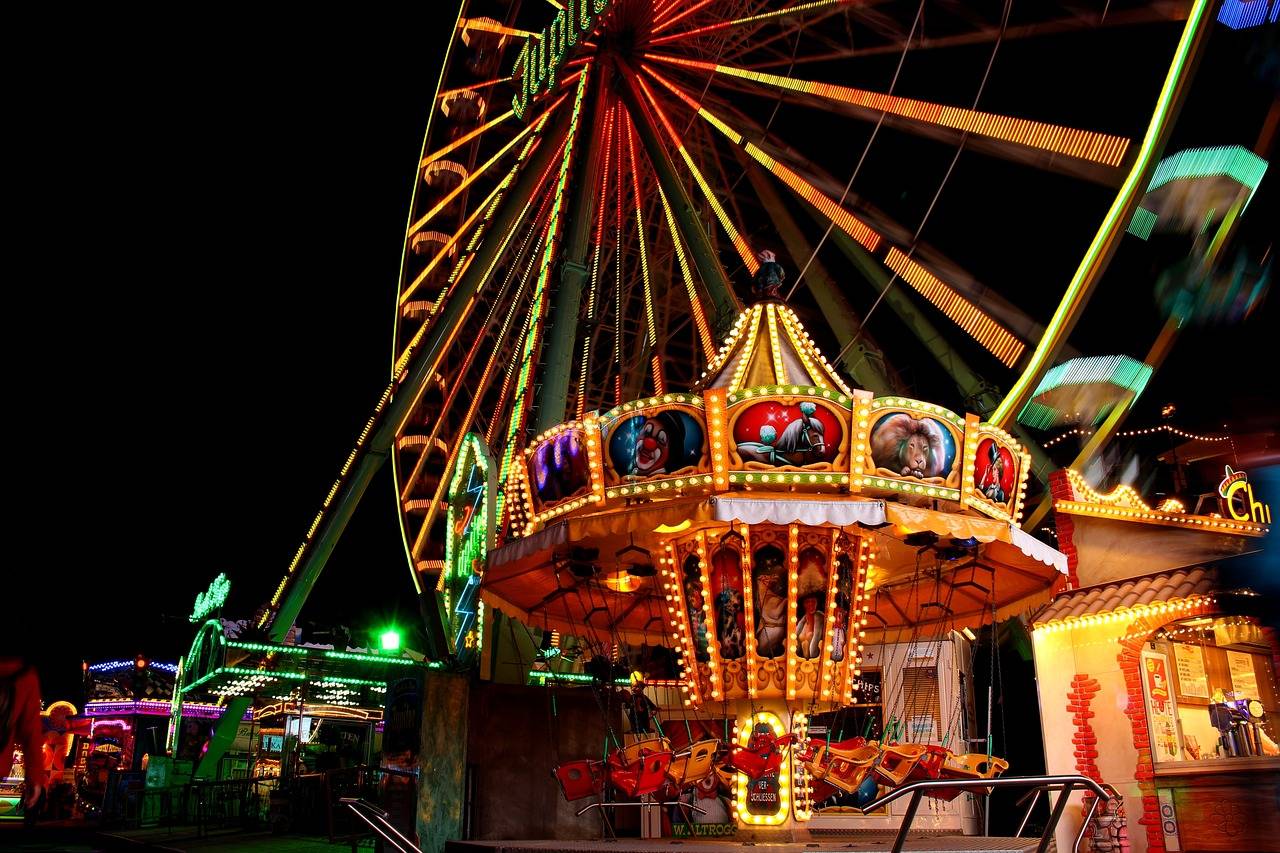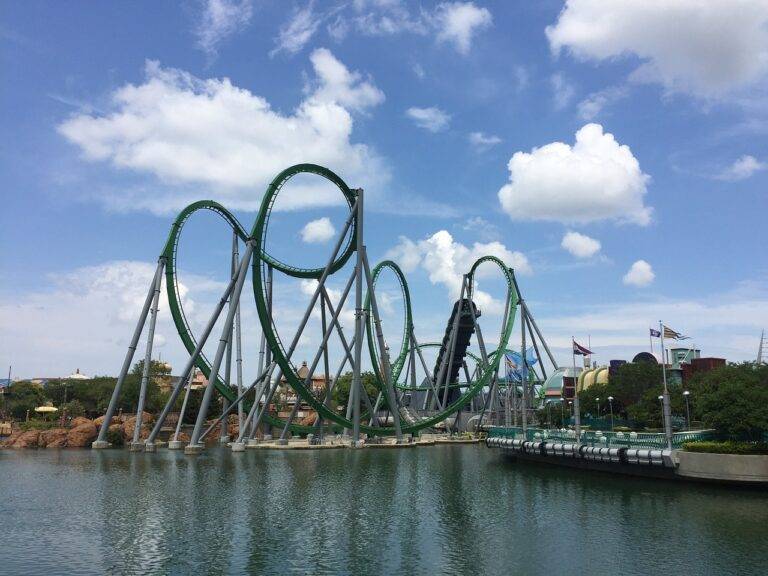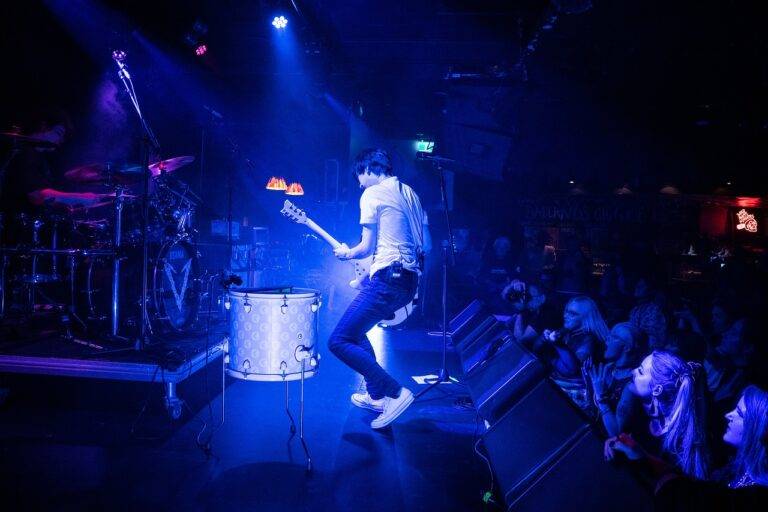The Future of Live Performance Technology: Holograms and Beyond
Holographic technology has revolutionized the way live performances are being delivered to audiences around the world. Artists are now able to bring virtual, lifelike versions of themselves onto the stage, creating a truly immersive and unforgettable experience for concert-goers. This innovative technology has opened up a whole new realm of possibilities for performers to push the boundaries of creativity and stage production.
With the advancement of holographic technology, audiences can witness breathtaking visual effects that were once thought to be only possible in science fiction. From realistic holographic renditions of beloved artists who have passed away to interactive holograms that interact with the live performers on stage, the possibilities are endless. This cutting-edge technology has transformed live shows into magical spectacles that captivate and astonish audiences like never before.
Advancements in Virtual Reality and Augmented Reality for Live Shows
Virtual reality (VR) and augmented reality (AR) have revolutionized the live entertainment industry, offering audiences immersive and interactive experiences like never before. By integrating VR and AR technologies into live shows, artists can create captivating visuals and environments that blur the line between reality and fiction. This innovation allows spectators to engage with the performance on a whole new level, enhancing their overall entertainment experience.
With the continuous evolution of VR and AR software and hardware, live shows are becoming more dynamic and engaging. Artists now have access to a wide range of tools to design and execute visually stunning performances that transport audiences to fantastical realms and alternate universes. As these technologies become more accessible and affordable, the integration of VR and AR in live shows is expected to become increasingly common, reshaping the way we perceive and engage with live performances in the future.
What is holographic technology in live performances?
Holographic technology involves creating three-dimensional images that appear to be floating in space, allowing performers to be projected onto a stage without physically being there.
How are virtual reality and augmented reality being used in live shows?
Virtual reality and augmented reality are being used to enhance the audience’s experience by providing immersive visuals and interactive elements during live performances.
What are some examples of how virtual reality is being incorporated into live shows?
Virtual reality is being used to create 360-degree videos of concerts and events, allowing audiences to feel like they are actually there even if they are watching from home.
How does augmented reality enhance live performances?
Augmented reality overlays digital content onto the real world, allowing performers to interact with virtual elements in real-time, creating unique and engaging experiences for the audience.
Are there any limitations to using virtual reality and augmented reality in live shows?
One limitation is the cost of implementing these technologies, as well as the need for specialized equipment and technical expertise to ensure a seamless integration into live performances.





